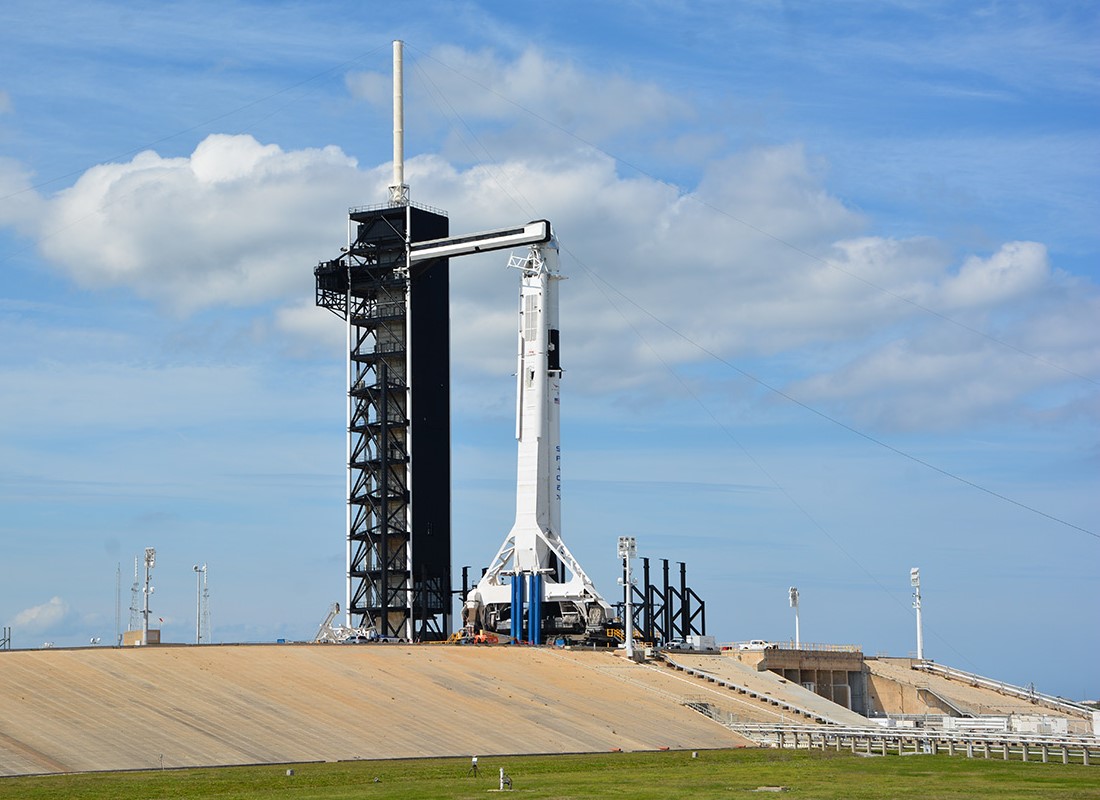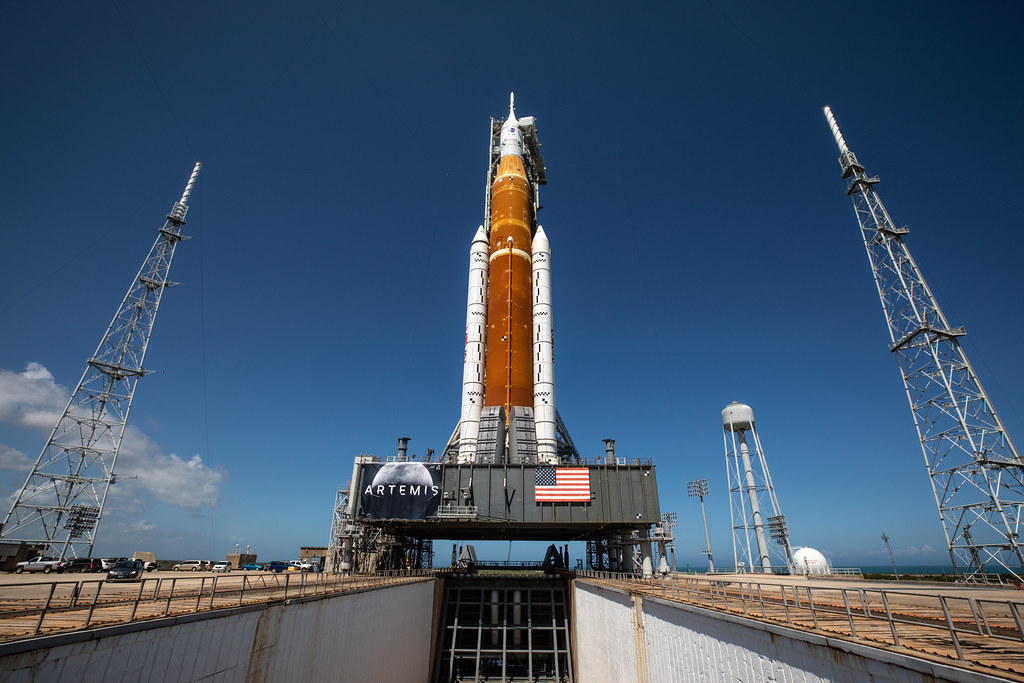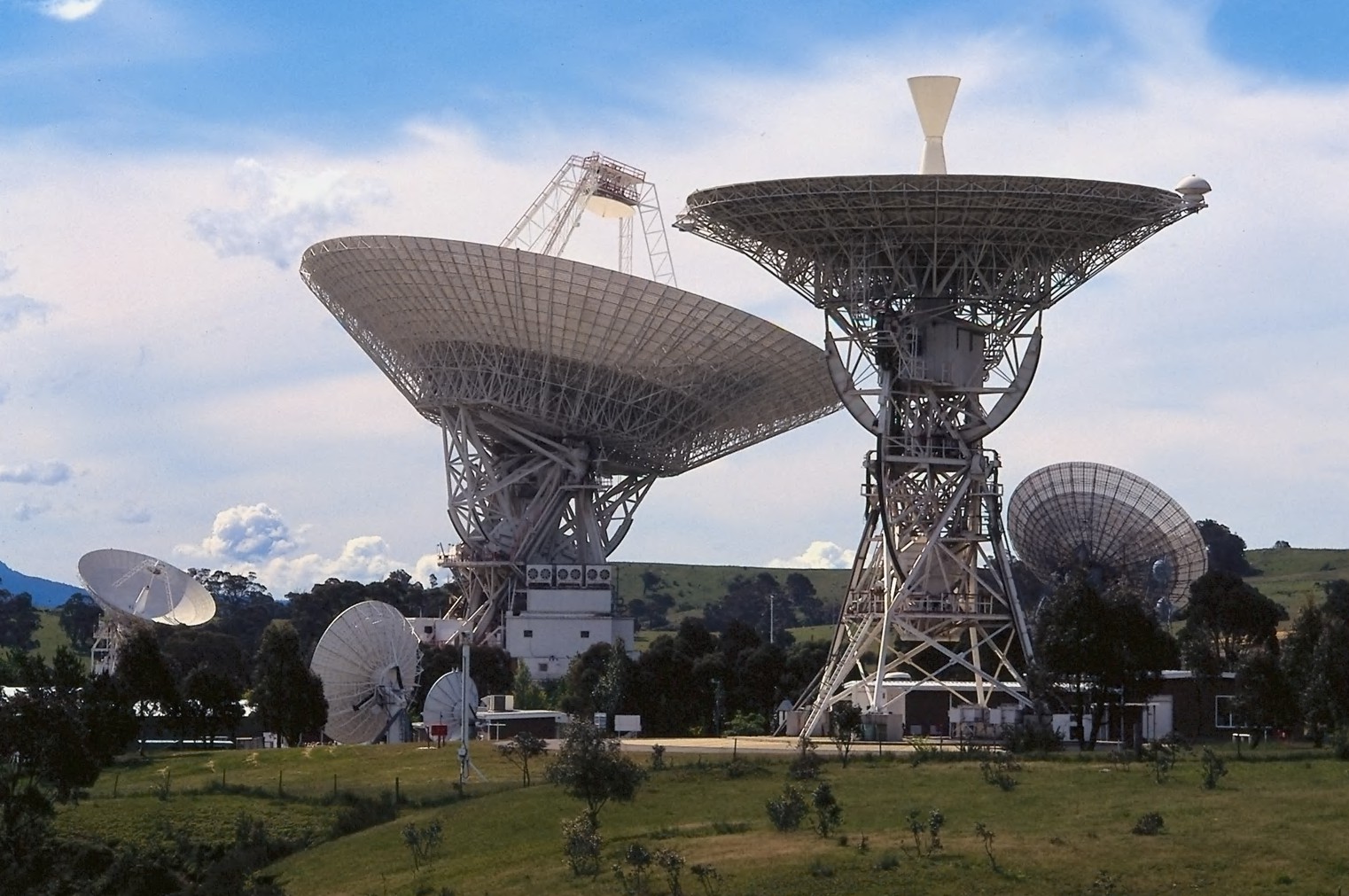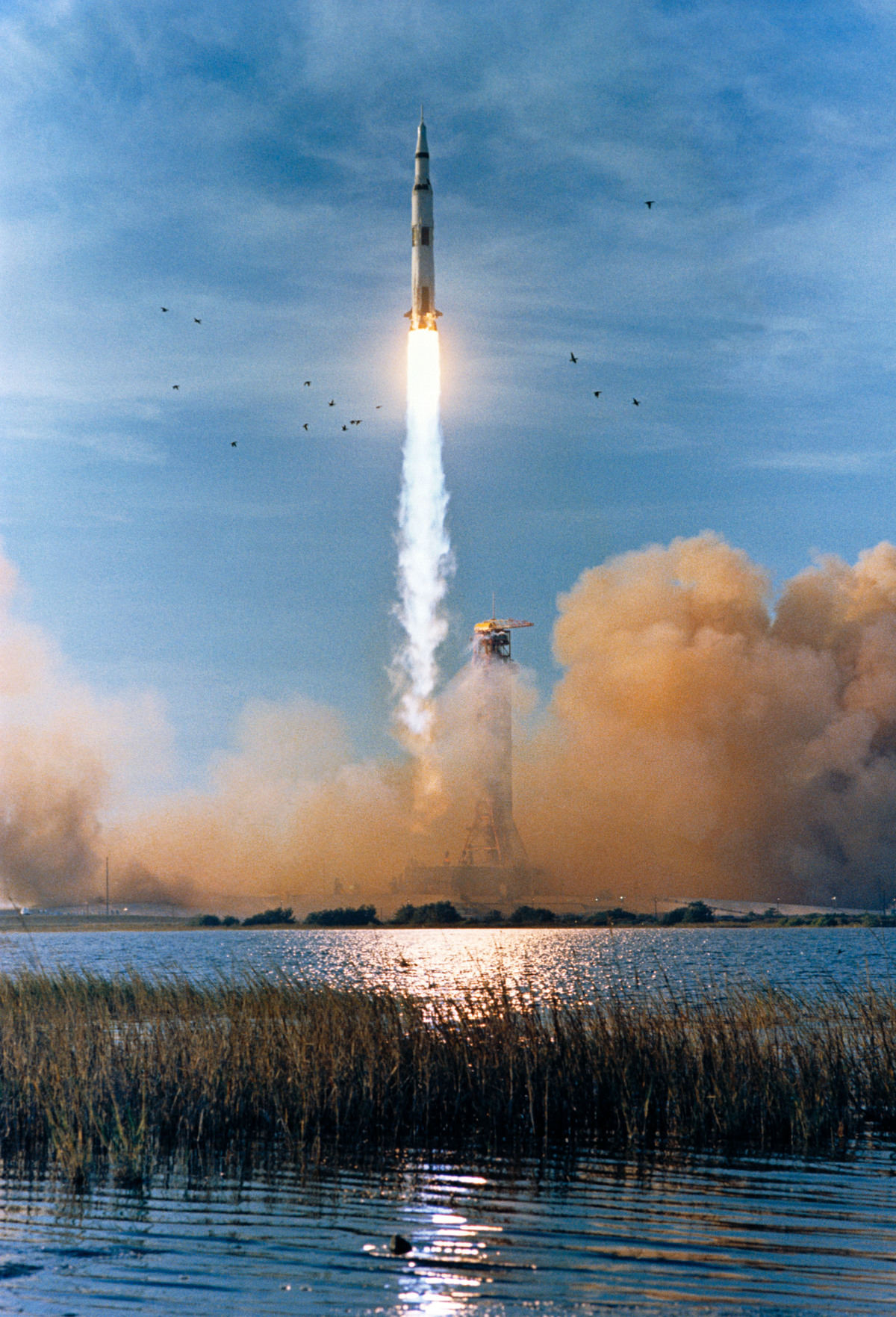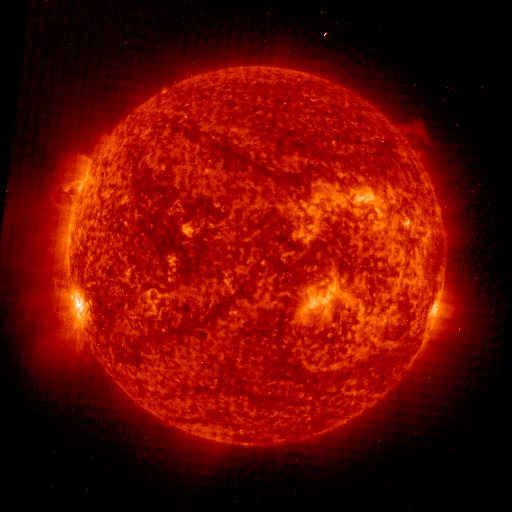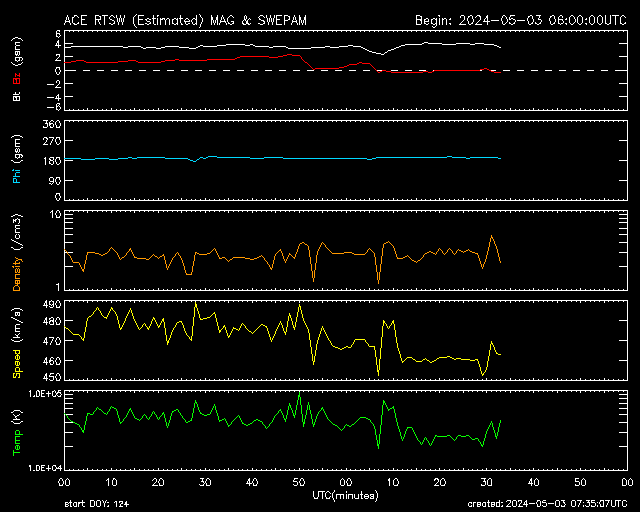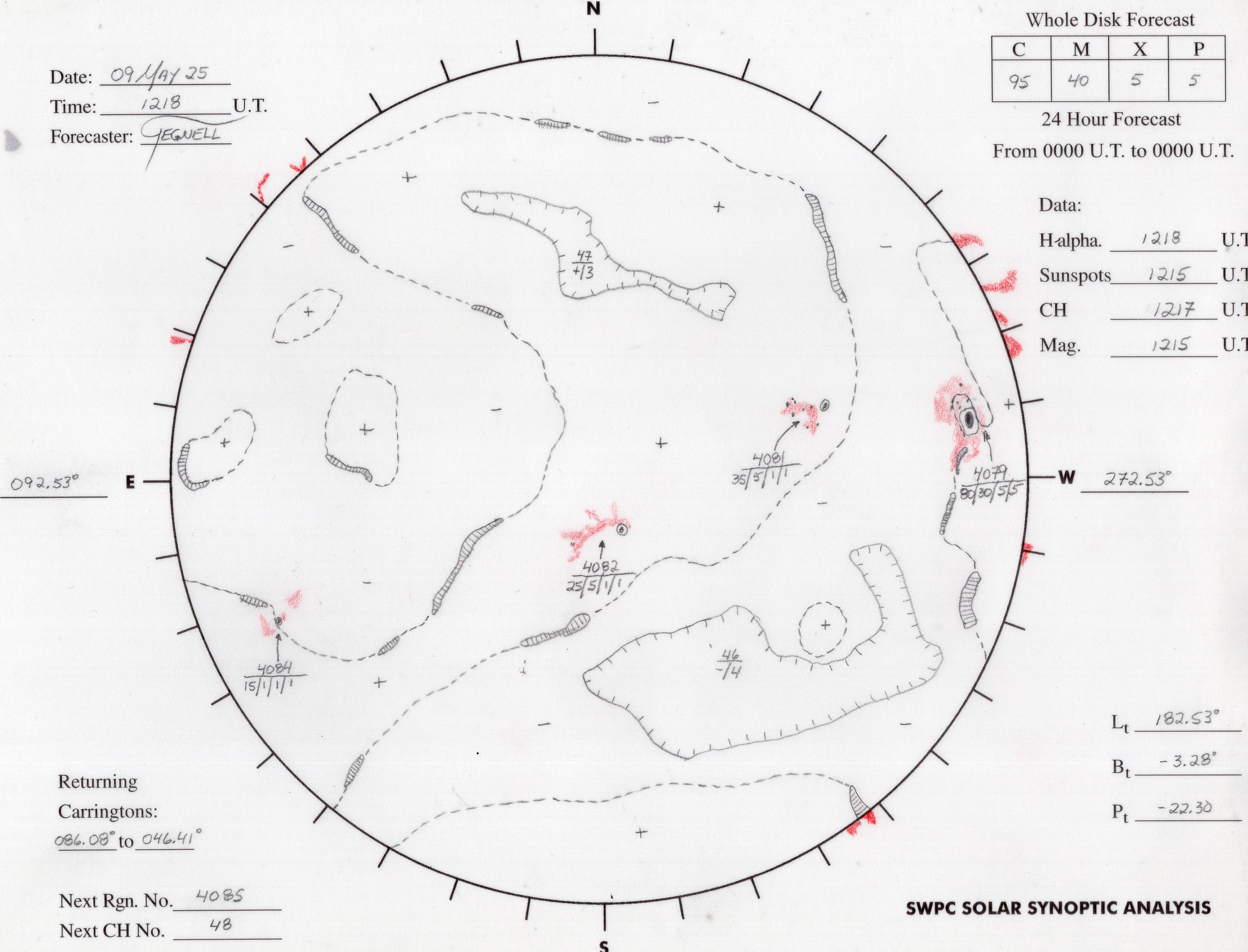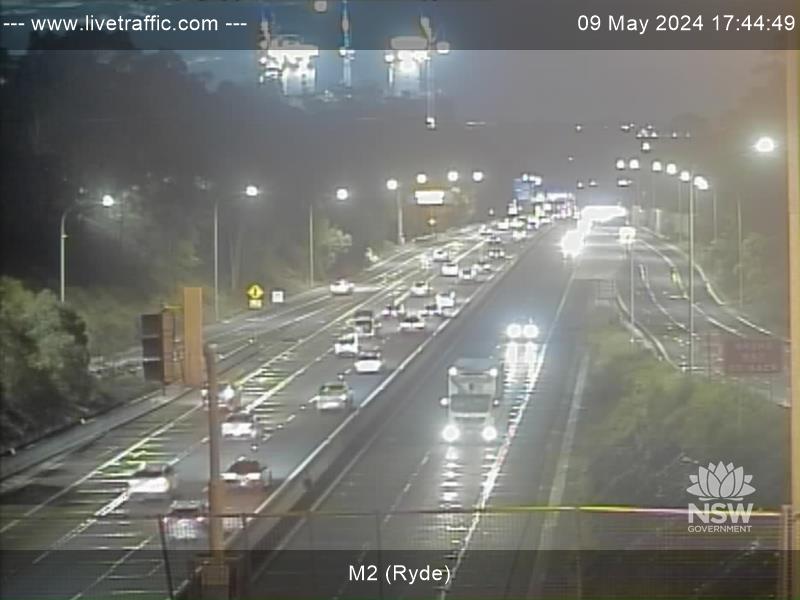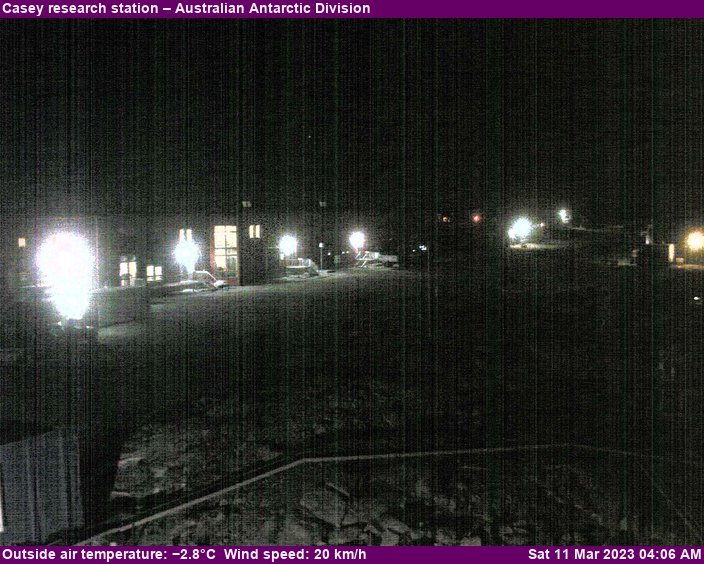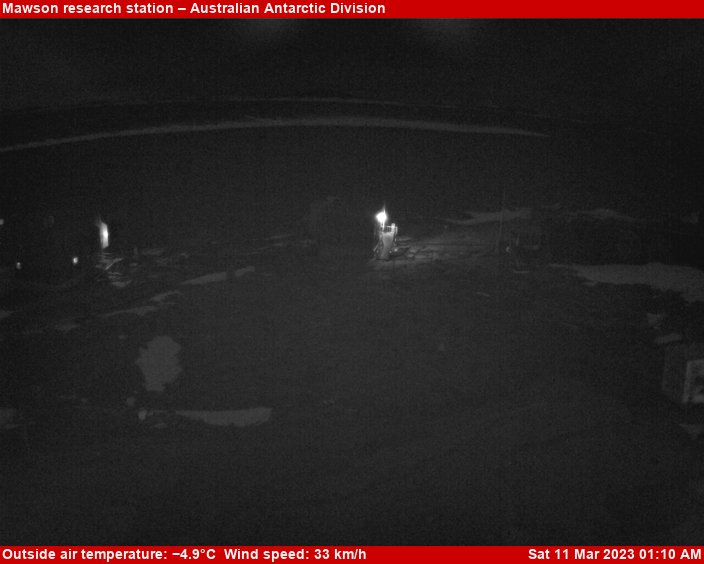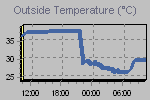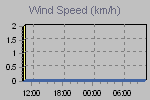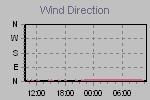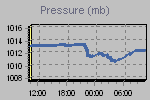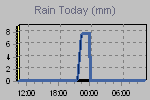|
0 members (),
341
guests, and
31
robots. |
|
Key:
Admin,
Global Mod,
Mod
|
|
S |
M |
T |
W |
T |
F |
S |
|
|
1
|
2
|
3
|
4
|
5
|
6
|
|
7
|
8
|
9
|
10
|
11
|
12
|
13
|
|
14
|
15
|
16
|
17
|
18
|
19
|
20
|
|
21
|
22
|
23
|
24
|
25
|
26
|
27
|
|
28
|
29
|
30
|
|
|
|
|
|
There are no members with birthdays on this day. |

#602762
Thu 08 Apr 2021 12:00:AM
|
Joined: Feb 2001
Posts: 381,903
Launch Director
|
OP

Launch Director
Joined: Feb 2001
Posts: 381,903 |
 While the Ingenuity team has been focusing on getting ready for its first flight on Mars, the team has also been busy selecting a time for that flight. A number of factors go into this important decision.
First, Ingenuity cannot fly at night. It depends on its camera to observe the ground while navigating, and that wouldn't be possible at night. If it weren't for that, nighttime would be a good time for a helicopter to fly on Mars. The air density would be higher, which would make flying easier.
Next, Ingenuity needs to be a good guest. It needs to coordinate all its activities with the Perseverance rover. For example, Perseverance is keeping a watchful eye on Ingenuity with the rover's cameras, and needs to know when we are planning to do certain activities. There are also times when Perseverance is busy with transmitting on the radio to relay satellites overhead, or managing the many science instruments on the rover, or performing other spacecraft operations. Through all this, the Perseverance operations team has been fantastic in meeting Ingenuity's needs. A big thanks to them!
When Ingenuity is flying, it uses a lot of power-many hundreds of watts. The lithium-ion battery that powers Ingenuity's two main propulsion and six blade pitch control motors needs to handle power surges as Ingenuity flies and fights any winds and gusts it may encounter. The helicopter's voltage needs to be maintained so that motors do not stall or electronic devices get in trouble. Ingenuity comes out of the cold Martian night without much energy in its battery, so it needs to bask in the Sun to warm up and let the solar panel charge up the battery enough to handle the power demands of the day. All this means that Ingenuity cannot fly too early in the morning. Midday and afternoon are far better.
Flight can't happen too late in the Martian day either. A long flight late in the afternoon could deplete the battery without giving the Sun a chance to recharge it. You don't want to go into that cold Martian night without a good bit of energy in the battery!
Another consideration is the expected winds at flight time. Ingenuity has been tested in simulated winds, using computer models as well as a big 'wind-wall' the team built in one of our test chambers at JPL. However, we can't test over the entire range of wind conditions that one might experience on Mars. The biggest risk is at takeoff and landing, when an untimely gust could present challenges. To help with this, we have a 'weather forecast' team that provides us with the best estimate of Martian winds using computer models and initial data from weather sensors on the Perseverance rover. I never knew that weather forecasts for Mars could be so interesting!
The Ingenuity operations team is considering all of these factors in the selection of the best flight time. The uplink team bakes these times into the sequences that get uploaded in the days leading up to first flight.
And then, Ingenuity will try to fly on Mars!
We will all be watching and waiting...
Written by Bob Balaram, Chief Engineer for the Mars Helicopter Project at NASA's Jet Propulsion Laboratory Source: Chief Engineer for the Mars Helicopter Project
|
|



CMS The Best Conveyancing solicitors conveyancing quotes throughout the UK
For any webhosting enquiries please email webmaster@aus-city.com
|
|
Forums60
Topics683,495
Posts718,103
Members2,957
| |
Most Online3,142
Jan 16th, 2023
|
|
|
